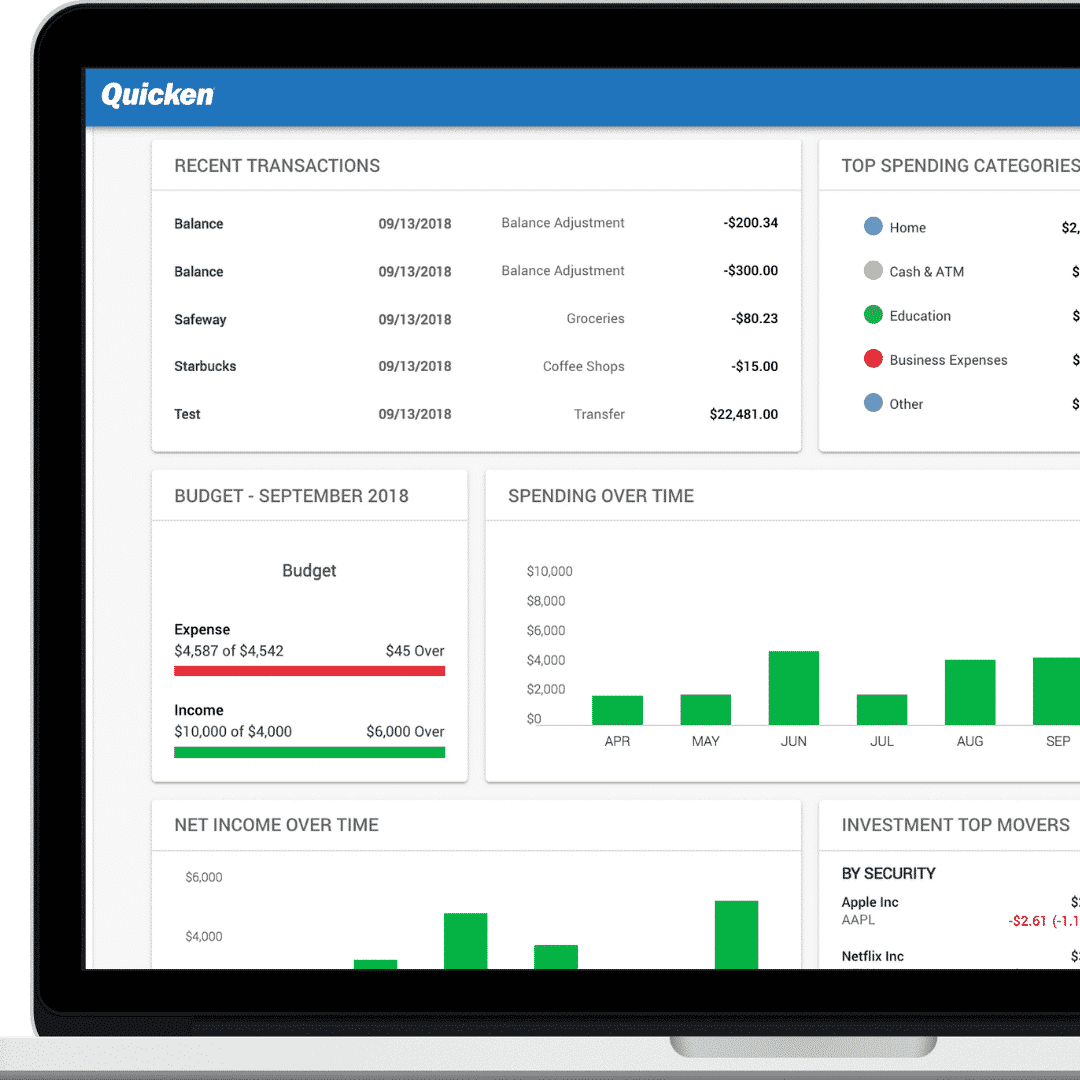Last week, we talked about measuring all of your expenses, with the end goal of getting a stranglehold on your personal finance. So, how to go about this measuring?
The simplest and cheapest method, I think, would be to use a spreadsheet (Microsoft Excel or Google Sheets, for example). Getting a good spreadsheet going might be a little complex for some folks, I understand. If that’s the case, heck, feel free to use a pencil and paper. The key is recording your purchases.
I use an app called “You Need a Budget,” or YNAB. I can access it from my phone or from any computer–this is great, because I can track purchases on the move, or sit down at the end of the week to reconcile. Full disclosure, YNAB costs me $50 a year. However, it’s worth it for me, as YNAB is easy, fast, and mobile. I’ve never used Mint (another app), but I’ve been told that it’s similar to YNAB.
So there are three good ideas: computer spreadsheet, pencil and paper, or mobile app.
Once you choose one of these systems (or come up with your own), there are two questions that follow:
- What data do you record for each purchase?
- How is the system organized?
Question 1 is fairly straightforward. I recommend tracking:
- The purchase amount
- The purchase category (Question 2 addresses this)
- The purchase date
And once a week, reconcile. That is, make sure all the purchases you’ve tracked match up against your bank account and cash in hand

The answer to Question 2 is the bread and butter of your tracking system. You should organize your system into categories based on what you spend money on. You know yourself; what do you spend money on? If it helps you brainstorm, here are my categories:
- Regular Monthly Bills: mortgage/rent, car payment, insurance, student loans
- Same amount every month, predictable
- Predictable Essentials: groceries, gasoline, utilities
- You’ll always spend some money on these things, but the amount will vary from month to month
- Predictable Extras: dining out, consumer purchases (think Amazon), fun on the weekends
- You’ll usually spend some money on these things, but they vary from month to month. But these different categories will let you know when you might be spending too much money on non-essential items.
- Irregular Spending: medical, home improvement, travel
- Big explanation below
My Irregular Spending categories address the biggest issue with a monthly tracking system, which is that some normal expenditures occur less frequently than monthly. What do I mean?
- Car repair: I know I’ll spend thousands on repairs over the life of the car, but that spending certainly won’t occur on a predictable basis. One month I spend $500 on new brakes, then nothing for 5 months until $50 for an oil change and inspection.
- Vacation: $500, or $1000, or more, but only once or twice per year. Nothing monthly about it.
- Gifts: sure, most months might involve buying someone a birthday gift. But really, Christmas is the once-per-year time when most folks spend serious cash on gifts.
Tracking your spending is Step 1 towards fulfilling Peter Drucker’s counsel: you can only manage that which you measure.
My challenge to you:
Right now–right now!–write down what you think you spend in each one of these categories–Regular Monthly Bills, Predictable Essentials, Predictable Extras, and Irregular Spending–in the next calendar month. Give yourself five minutes, and break down the categories as specifically as you can.
Then, for the 30 days, use the simple pencil and paper (unless you’d rather use another method) to track every purchase. Purchase amount, category, and date. Take a few minutes each weekend to reconcile all the data; make sure that your purchases line up with what’s posted on your credit card and bank accounts.

At the end of the month, compare your actual spending to your predicted spending. And then compare those numbers to your paycheck(s)–did your bank accounts go up or down?
If you end up really close to your predictions, that’s great! Having accurate awareness of your typical spending habits is a great thing.
But if you’re like me, you’ll notice some glaring underestimates. Fancy dinners, cool gadgets, monthly memberships…they add up quickly. You think you spend $200 on groceries…but Wegmans has some pretty fancy cheese. You think you’ll spend $50 on clothes…but Macy’s was having a 40% off everything sale!
Here’s the good part, though: in the subsequent months, when you get tempted to buy cool new sneakers, you’ll remember how much you spent on apparel last month. Redoing the living room is tempting, but where will that $1500 come from? These are the great questions that you’ll begin to ask yourself. Measuring leads to managing. And then, you’ll start saving.
Pingback: Is Average Ok? – The Best Interest
Pingback: Your Personal Budget and…the Future of Space Technology? – The Best Interest
Pingback: 75 Personal Finance Rules That Apply to Everybody - Immigration Debate